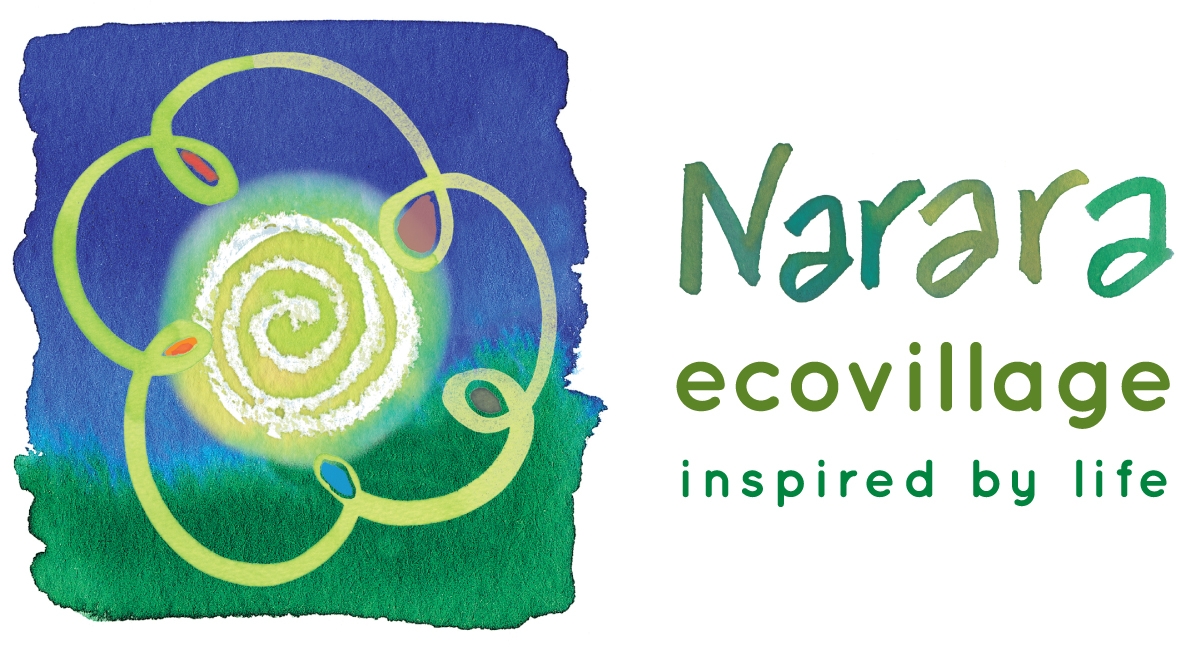The aim of Narara Ecovillage is to build a caring, friendly community with social sustainability at its heart. As there will inevitably be differences and conflicts, we need a philosophy and process that sets out pathways to resolution: who to talk to, how to say it, what to do?
Social sustainability is based on the safety and wellbeing of everyone who belongs to the community, including Members, Friends of Narara, non-owner residents and visitors. We have established a group of Supporters whose aim is to help us all to thrive in our community. This group does not attempt to provide therapy, professional counselling or mediation, but will listen, and assist with mutual understanding and communication. Links with external specialists and services will be provided as appropriate.
Our approach is to proactively encourage collaboration, communication and listening amongst our diverse membership. We act within the principles and practice of Sociocracy. The purpose of the group is to be the next point of call when things cannot be resolved between people or groups who have fallen out of connection with one another.
The Supporters work as a specialist team within the Collaboration Circle to provide support and options for conflict prevention, resolution and restoration. In return, the Supporters are offered mutual support, supervision and guidance through regular confidential Supporters Group meetings. The purpose of the Supporters’ Group Meetings is to assist with difficult issues in a confidential, trusted, focused, transparent and consistent manner.
- Initial Contact: When the Supporters’ Group is made aware of a conflict by an individual or a group connected with NEV, the first step is to explore avenues of resolution already taken. Strategies might be suggested, and support offered to empower the individual or group to act without more involvement of Supporters.
- Picture Forming Step 1: If resolution without a third party is not appropriate or has been unsuccessful, a designated Supporter or Supporters will hold separate discussions with all relevant parties and start to ‘form a picture’ of the issue.
- Picture Forming Step 2 and Resolution: This allows a complete picture to be formed of all the aspects and perspectives. The issue is then considered, and an action plan is formulated. Ideally this action plan is agreed by all parties.
- Collaborative Proposal Shaping: If the matter remains unresolved a meeting with all parties together would be convened. This meeting would be run sociocratically, with no response rounds, clarifying questions, quick reactions, until everyone feels heard. Once the issue is clear, the parties would be invited to contribute to a Proposal for Resolution and Restoration. Agreements could be made. A number of meetings may be needed to arrive at a lasting solution. As in all Sociocratic decision-making, a time is made to review the agreement and to assess its effectiveness. This process would be continued until all parties agree that the matter was resolved.
- External Referral: If the issue clearly includes elements that are beyond the scope of support from fellow community members (ie Supporters) or remains unresolved, an external consultant could be
employed (with the parties contributing to costs). If the issue involves all Members, a special Members’ Meeting could be called. - Referral to the Board: If the issue remains unresolved, it could be referred to the NEV Board for their consideration.
